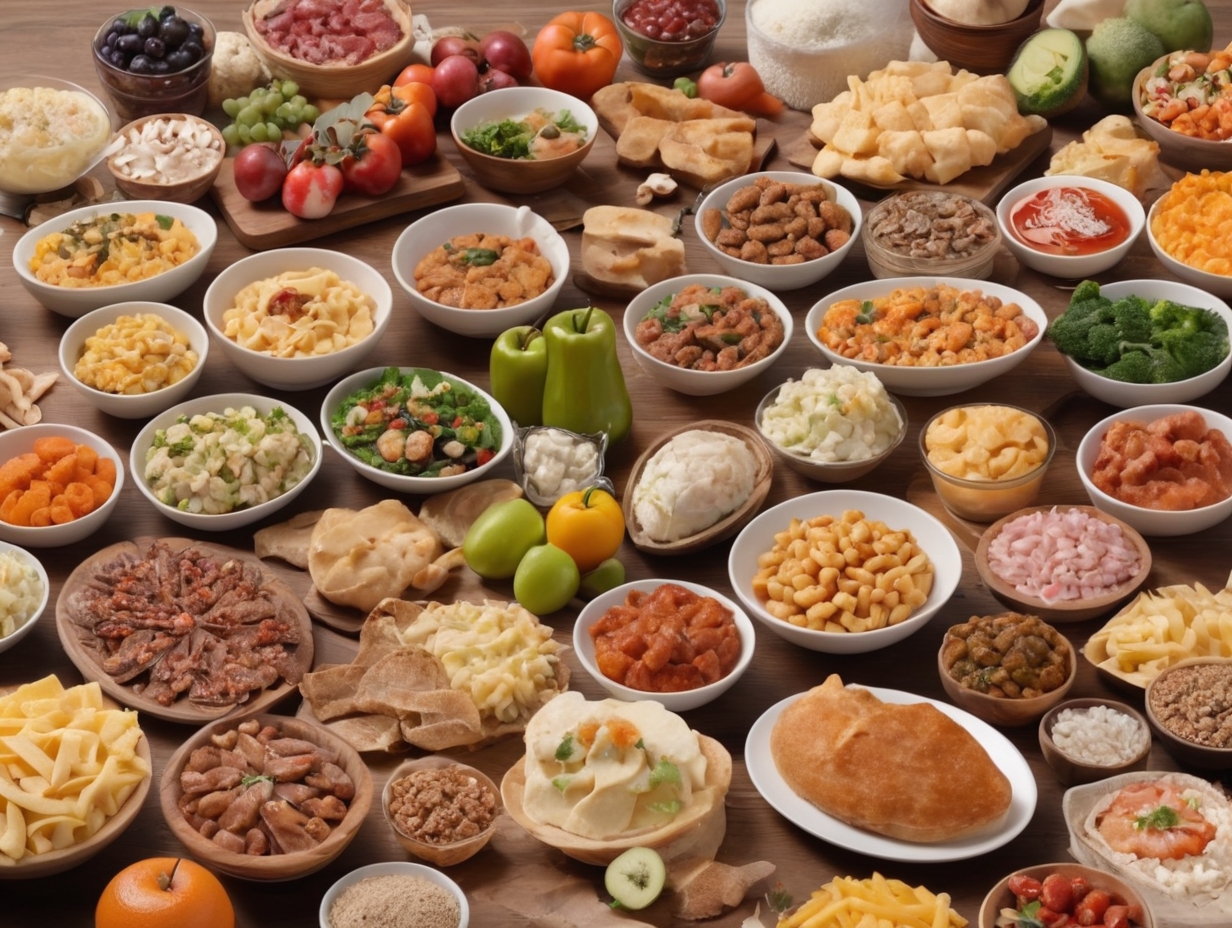With the Global Nutrition and Hydration Week 2024 underway, researchers have unveiled an intriguing discovery – consumers generally prefer AI-generated images of food over real food images, especially when they are unaware of their true nature. The new findings, published in Food Quality and Preference, suggest that AI-generated food visuals excel at enhancing the appeal of depicted foods by leveraging key features such as symmetry, shape, glossiness, and overall lighting and color.
Lead author Giovanbattista Califano from the University of Naples Federico II explained that even subtle tweaks in positioning may contribute to the enhanced appeal of AI-generated food images. “As humans, we tend to feel uneasy with objects pointing towards us, interpreting them as threats, even when it’s just food. When tasked with replicating food photos featuring items pointing at the viewer, such as a bunch of carrots or a piece of cake, the AI often positions the food so that it doesn’t directly point at the viewer. This warrants further studies, but it’s plausible that this approach enhances the perceived attractiveness of the depicted food.”
Preference Study
In the study, 297 participants were asked to rate real or AI-generated food images on a scale from “Not at all appetizing” to “Extremely appetizing.” The images depicted a range of natural, processed, and ultra-processed foods. When participants were told how each image had been created—whether through photography or AI—they tended to rate real and AI-generated versions equally appealing. However, when participants were unaware of the image creation process, the AI-generated version was consistently rated as significantly more appetizing than the real food image.
Professor Charles Spence from the University of Oxford, the study’s supervisor and co-author, highlighted potential risks associated with exacerbating ‘visual hunger’ amongst consumers—the phenomenon where viewing images of food triggers appetite and cravings. “While AI-generated visuals may offer cost-saving opportunities for marketers and the industry by reducing the cost of commissioning food photoshoots, these findings highlight potential risks associated with exacerbating ‘visual hunger’ amongst consumers—the phenomenon where viewing images of food triggers appetite and cravings. This could potentially influence unhealthy eating behaviors or foster unrealistic expectations about food among consumers.”
Furthermore, the researchers found that AI-generated images tend to depict foods as more energy-dense compared to the originals, particularly in the abundance portrayed. For instance, AI may increase the number of fries in the image or add more whipped cream to a dessert. Given humans’ evolutionary drive to pay more attention to energy-dense foods, this raises concerns that widespread dissemination of such idealized food images could promote cue-induced eating of unhealthy foods.
Sustainability challenges
With the global movement towards more sustainable consumption patterns, including the promotion of ‘ugly’ fruits and vegetables, there is a concern that constant production of AI-enhanced food images might nudge consumers towards an unrealistic standard of how natural foods should look, potentially harming sustainability efforts.
While AI-generated food visuals may offer cost-saving opportunities for marketers and the industry, the researchers emphasize the importance of striking a balance between leveraging the appeal of these images and mitigating potential risks. As Professor Spence noted, “These findings highlight potential risks associated with exacerbating ‘visual hunger’ amongst consumers—the phenomenon where viewing images of food triggers appetite and cravings. This could potentially influence unhealthy eating behaviors or foster unrealistic expectations about food among consumers.”
Moving forward, it will be crucial for stakeholders to consider the implications of AI-generated food imagery on consumer behavior, public health, and sustainability efforts. By addressing these concerns proactively, the industry can harness the power of AI-generated visuals while promoting responsible and ethical practices that prioritize consumer well-being and environmental consciousness.
A Step-By-Step System To Launching Your Web3 Career and Landing High-Paying Crypto Jobs in 90 Days.
